In Tree based Implementation of Union Find operation, each element is stored in a node, which contains a pointer to a set name. A node v whose set pointer points back to v is also a set name. Each set is a tree, rooted at a node with a self-referencing set pointer.
To perform a union, we simply make the root of one tree point to the root of the other. To perform a find, we follow set name pointers from the starting node until reaching a node whose set name pointer refers back to itself.
In Union by size -> When performing a union, we make the root of smaller tree point to the root of the larger. This implies O(n log n) time for performing n union find operations. Each time we follow a pointer, we are going to a subtree of size at most double the size of the previous subtree. Thus, we will follow at most O(log n) pointers for any find.
I do not understand how for each union operation, Find operation is always O(log n). Can someone please explain how the worst case complexity is actually computed?
